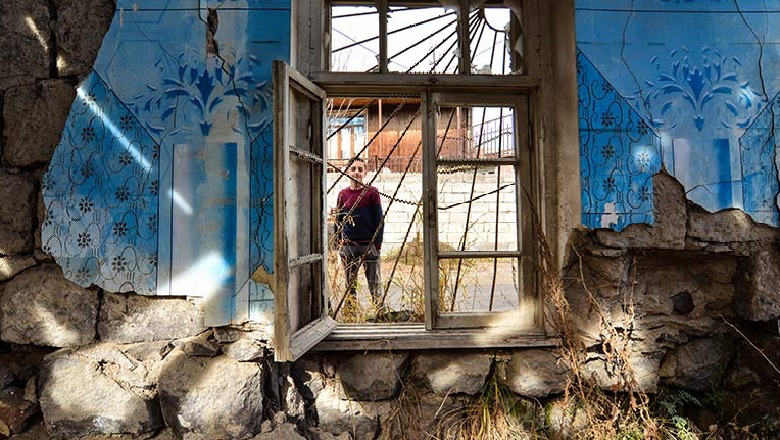23.07.2021 – 18:36
While it may seem counterintuitive, the poor population loses more in the face of natural hazards such as floods, earthquakes and droughts compared to richer populations. This is because disasters deprive families not only of their physical assets, but also of their income levels, coping mechanisms, and ability to participate in the local economy. This has been made known from a World Bank report.
The study shows, among other things, that the process of recovery and reconstruction depends not only on the degree of physical damage caused by disasters, but also on the economic structure of each country and the level of socio-economic resilience of the affected population.
For example, while most damage from a major earthquake in the West Marmara region (Turkey) is likely to be addressed in less than 3 years, it may take more than 10 years in the Kukes region (Albania) to was recovered from the same earthquake.
“Such shocks not only restore development gains and disrupt the livelihoods of vulnerable residents in vulnerable areas, they also marginalize communities in need by pushing them deeper into poverty and exacerbating existing income inequalities in affected countries and territories.” . These recent catastrophes confirm that many countries in the ECA region are inadequately equipped to manage catastrophes of this magnitude and underscore the undeniable link between poverty and vulnerability. “They also reiterate the internal link between poverty impacts and socio-economic vulnerability, with a lack of local capacity to manage disaster risks in a sustainable manner.”






